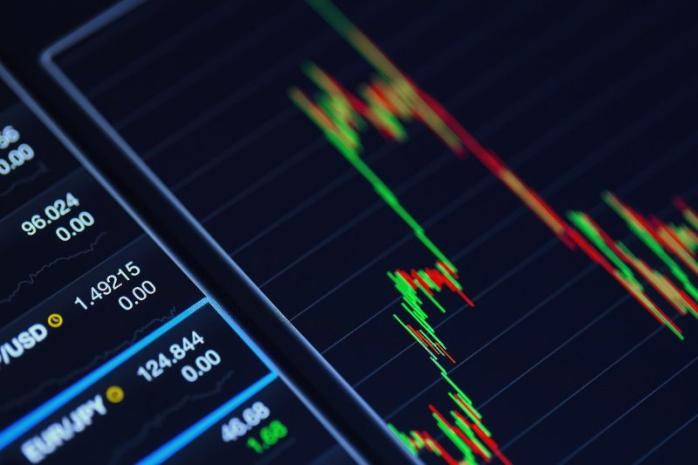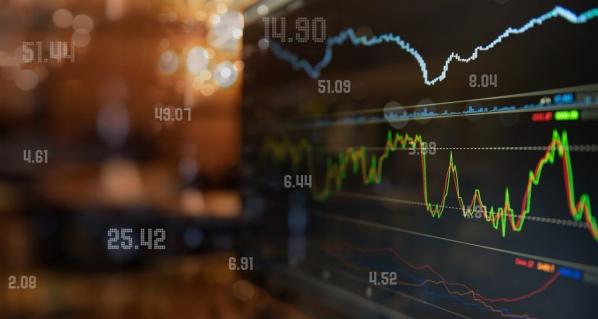Using the positive or negative flow of trading volume to represent the proportionate buying and selling pressure on a financial asset, the On-Balance Volume Indicator (OBV) attempts to anticipate the likely direction of short-term price movements. For example, OBV uses volume changes to forecast future price swings.
"Granville's New Key to Stock Market Profits" was Joseph Granville's book on OBV, published in the early '60s. Granville stated that stock price swings might be accurately predicted by looking at volume as a significant driver. Since then, traders in other financial areas, such as commodities futures and currency trading, have been using his new volume indication.
Utilizing the On-Balance Volume Indicator
According to Granville, volume variations, both in size and direction, are typically a leading signal of changes in the stock price. To put it another way, traders who keep an eye on the company's on-balance volume should observe an increase in volume before the stock price begins to climb. If, on the other hand, the volume trend is decreasing, this indicates that the stock price will shortly start a downward trend.
Furthermore, Granville hypothesized that if the volume of stock significantly increases or decreases while the stock price remains relatively flat, the pressure of greater amounts of buying or selling is likely to eventually result in a very sharp price movement to the upside or downside – much like blowing the lid off a boiling pot.
Exactly What Does On-Balance Volume Indicate?

According to the OBV hypothesis, the difference between smart money and regular investors is based on this dichotomy. While the price of an issue may stay relatively stable, mutual funds and pension funds may begin to purchase it. The price eventually rises as a result of increased demand. Larger investors start selling, and lesser investors start purchasing at this stage.
There is no need to be concerned about the individual quantitative value of OBV on a price chart. This means that the real numerical value of OBV varies on the start date, but a certain starting point determines the time interval. Instead, the pattern of OBV fluctuations over time is what traders and analysts focus on; the slope of the OBV line carries all of the analysis weight.
Calculation of the On Balance Volume (OBV)
To determine today's On Balance Volume (OBV), compare today's closing price to yesterday's closing price. If the closing price is greater, the volume from yesterday should be added to today.
There are two ways to calculate OBV: subtracting volume from volume and calculating OBV as the difference between the two. A close today identical to yesterday means that yesterday's volume and OBV will not change today, even if today's close is higher or lower. Only the OBV line's general direction matters to us. A running sum of positive and negative volume makes up the OBV line.
What Does OBV Stand For?

There are two types of investors: smart money, institutional investors, and regular investors. OBV is founded on this divide. A rise in volume may occur even if the price of an issue is unchanged when mutual funds and pension funds begin to buy in. The price eventually rises as a result of increased demand.
Larger investors start selling, and lesser investors start purchasing at this stage. There is no need to be concerned about the individual quantitative value of OBV on a price chart. OBV's real numerical value varies when it was first calculated, but its time interval remains constant.
OBV's Drawbacks
Due to its nature as a leading indicator, OBV can only speculate about what will happen in the future based on the signals it generates. False signals can result because of this. Therefore, trailing signs might serve as a counterweight. You can confirm a breakout in the price if the OBV indicator achieves a contemporaneous breakout by adding a moving average line to the OBV indicator.
It's important to keep in mind while using the OBV that a sudden increase in volume might throw the indication off for a long time. The indicator may rise or fall due to several factors, such as a company's inclusion or exclusion from an index or significant institutional block transactions.
Conclusion
When you're in a state of equilibrium, you're Regardless of the current trend, and we may construct a trend line in both price and volume to see if there are any resemblances. Additionally, OBV should be employed in the daily chart in conjunction with the closing chart.
You may use additional indicators, such as Stochastic, to better understand what the market is doing. Using an example, let's take a closer look at it. If a Stochastic positive divergence confirms the advanced breakout, you can make an upward trade. Negative divergence and non-confirmation can be used to gamble on a lower market trend.




